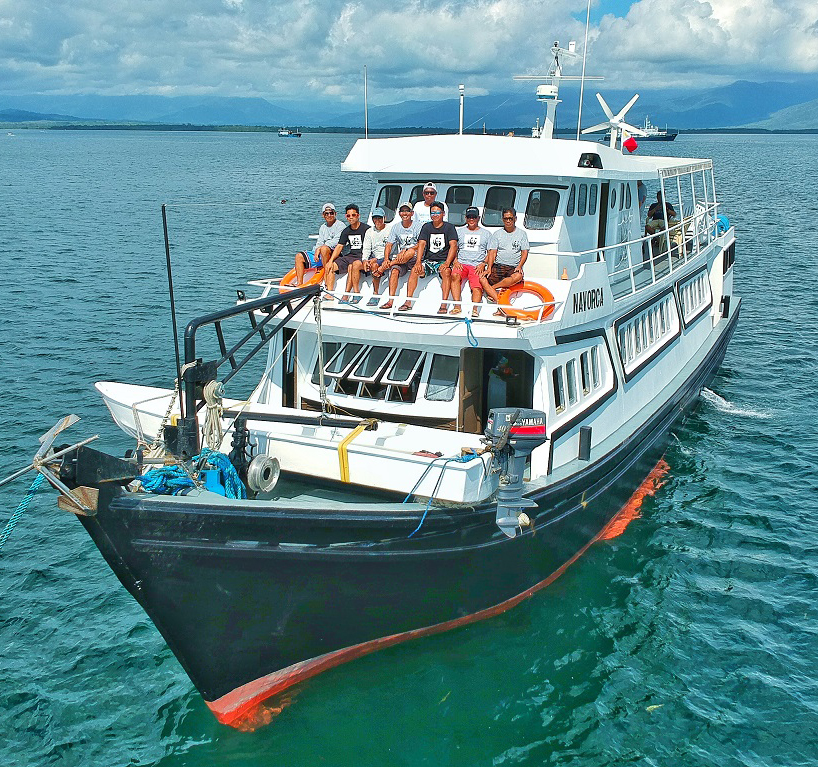Nestled at the heart of the Central Sulu Sea are the Tubbataha Reefs, which host the country's most biologically-diverse and productive reef complexes. Because of its globally-significant biodiversity, Tubbataha was declared by the UNESCO as a Natural World Heritage Site in 1993. Tubbataha has often been dubbed as the Mecca of Philippine diving, but it goes beyond being a spectacular underwater destination. It is a marine and economic powerhouse whose protection has never been more critical as it is today.
The Tubbataha Reefs' twin atolls produce at least 200 metric tons of fish biomass per square kilometer. This is five times greater than the productivity of a healthy reef. The reefs' rich marine biodiversity also ensures an ample food supply for millions of Filipinos, who depend on seafood as a major source of protein.
Since 1996, WWF and the Tubbataha Management Office have established practical systems to sustain park and conservation initiatives: diver fees, ‘no-take’ zones and the expansion of park boundaries are dramatically increasing marine biomass. A new ranger station will be erected for enforcement and research.
Lastly, sustainable ecotourism, mariculture and microfinance are becoming primary thrusts for the neighboring municipality of Cagayancillo. Increased understanding of the value of MPAs has also paid dividends. Due largely to local prodding, a whopping 1,013,340 hectares covering both the coastal and offshore waters of Cagayancillo has also made the greater Tubbataha Reefs area the single largest MPA in the country – a major development in the protection of the Sulu Sea.
LATEST STORIES
Rule of Two-Thirds Photo Exhibit
In celebration of World Oceans Day, captivating underwater
The Ocean's Seven
Dawn lights up the Sulu Sea, revealing a ship rocking on rolling waves.


